Content by Alexander "Sandy" Smart
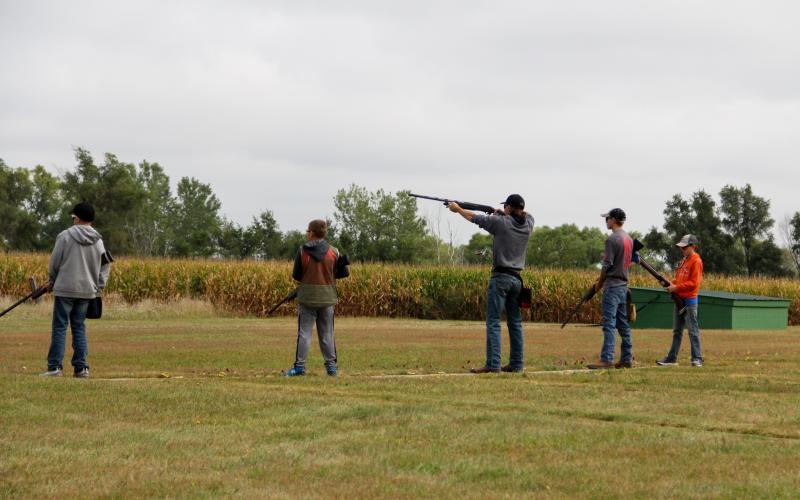
4-H Shooting Sports Coaches Training - Archery, Rifle, Pistol @ Ipswich
SDSU Extension will host a 4-H Shooting Sports Coaches Training for the archery, rifle and pistol disciplines on Saturday, January 31, from 8:00 a.m.-6:00 p.m. at the Ipswich 4-H Building (515 7th St, Ipswich, SD 57451).
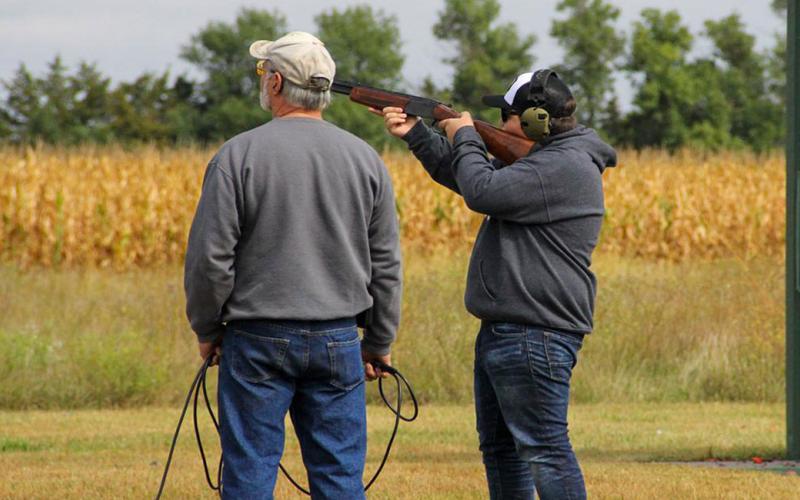
4-H Shooting Sports Coaches Training - Archery, Rifle, Pistol @ Rapid City
SDSU Extension will host a 4-H Shooting Sports Coaches Training for the archery, rifle and pistol disciplines on Saturday, January 17, from 8:00 a.m.-6:00 p.m. at the Pennington County Walter Taylor 4-H Building (601 E. Centre St,. Rapid City, SD 57701).
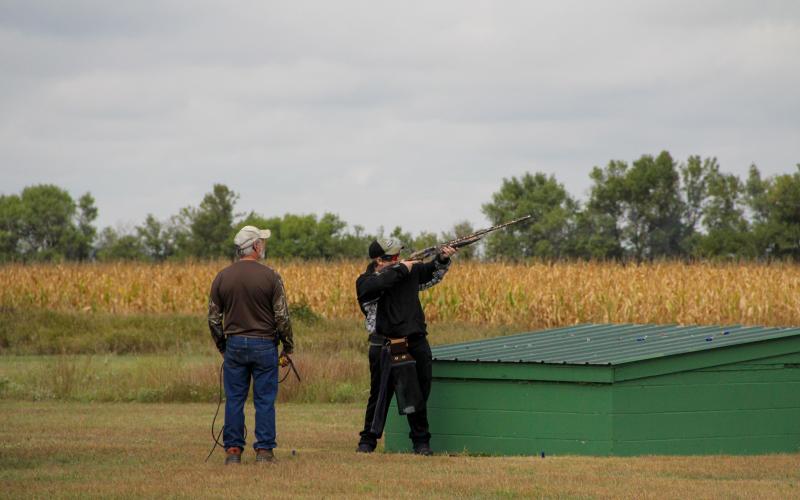
Virtual 4-H Shooting Sports Youth Development Training
SDSU Extension will host a virtual 4-H Shooting Sports Youth Development Training on January 15 from 6:30-9:30 p.m. CST via Zoom.
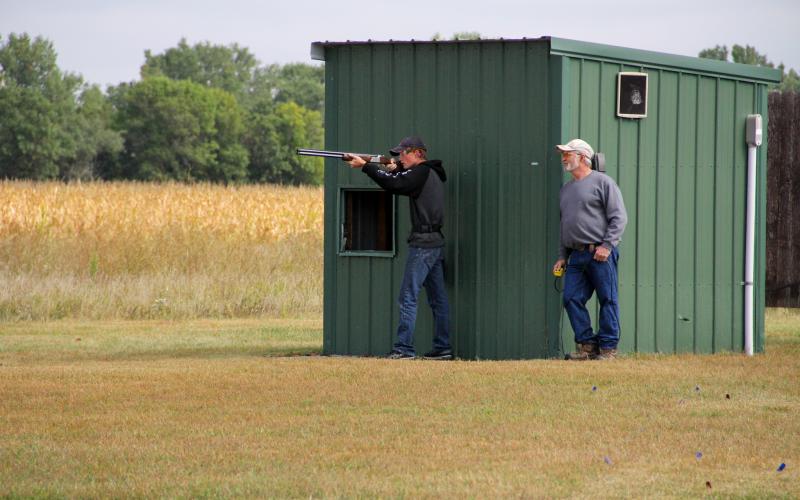
Virtual 4-H Shooting Sports Youth Development Training
SDSU Extension will host a virtual 4-H Shooting Sports Youth Development Training on January 13 from 6:30-9:30 p.m. CST via Zoom.
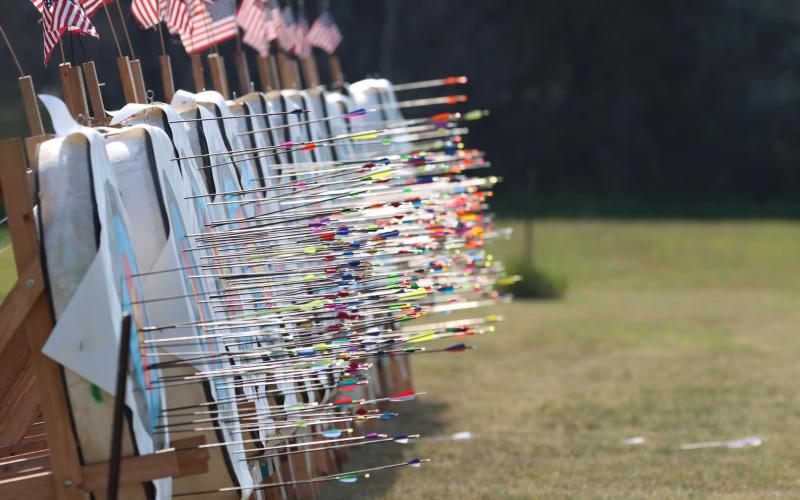
4-H Shooting Sports Coaches Training - Archery, Rifle, Pistol @ Brookings
SDSU Extension will host a 4-H Shooting Sports Coaches Training for the archery, rifle and pistol disciplines on Saturday, December 13, from 8:00 a.m.-6:00 p.m. at the Outdoor Adventure Center (2810 22nd Ave South, Brookings, SD, 57006).
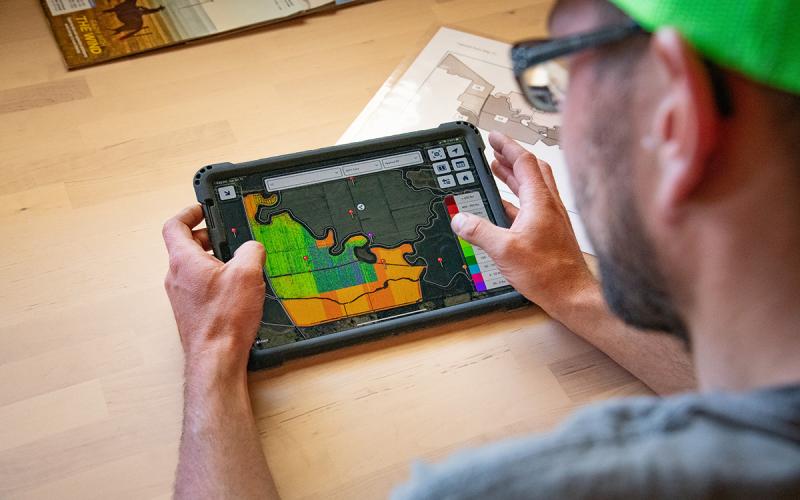
SDSU Extension to host ag cybersecurity workshop
November 03, 2025
South Dakota State University Extension will host an agriculture cybersecurity workshop and public seminar to highlight results from three collaborative research projects between SDSU and Dakota State University.
Dedicated educators help South Dakota youth succeed nationally
August 28, 2025
In May, South Dakota sent 84 youth to the National Land and Range Judging Contest in El Reno, Oklahoma. Out of the 34 states that competed, only Texas came close to matching those numbers with 72 participants.

Cybersecurity Planning: Securing the Future
With reliance on digital technologies, precision agriculture requires securing data and implementing key strategies to safeguard digital assets and maintain operational integrity and confidentiality.
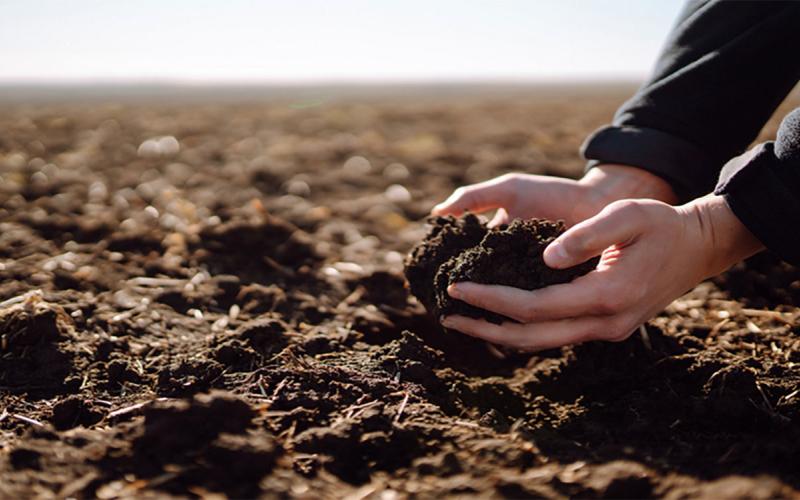
SDSU Extension 2024 Impact Report
This brief report highlights how SDSU Extension strengthens people and places across South Dakota through every program, contact, volunteer hour and digital outreach effort.

Protecting Your Data: The Role of Authentication and Encryption in Agricultural Cybersecurity
Precision agriculture emphasizes using data to make smarter farming decisions. In the digital world, authentication and encryption are two prevalent ways to keep farm data secure, accurate, and trustworthy.